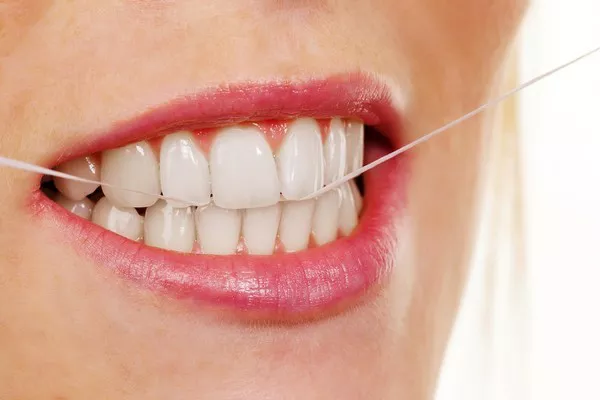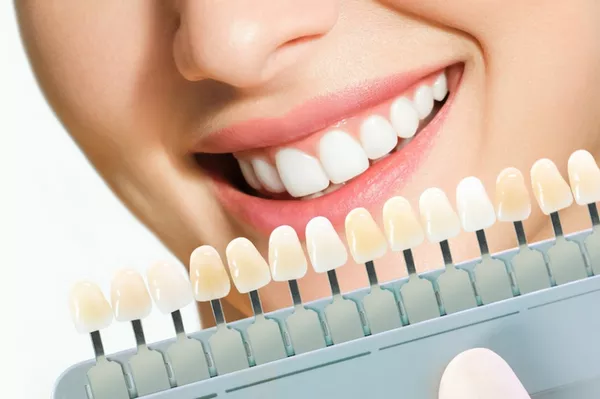Whitening strips have revolutionized the quest for a brighter, more radiant smile, offering a convenient and effective solution for teeth whitening at home. However, questions often arise about the proper usage of whitening strips, including whether it is safe to swallow saliva while wearing them. In this comprehensive guide, we’ll explore the ins and outs of using whitening strips, address common concerns, and provide valuable insights to support optimal oral care.
Understanding Whitening Strips: A Brief Overview
Before diving into the topic of saliva swallowing, let’s first understand how whitening strips work. Whitening strips are thin, flexible strips coated with a layer of whitening gel containing peroxide-based bleaching agents. These agents penetrate the enamel and break down stains and discoloration molecules, resulting in a brighter, whiter smile.
Whitening strips are typically applied directly to the teeth and left in place for a specified period, usually ranging from 30 minutes to an hour, depending on the product’s instructions. During this time, the whitening gel works its magic, targeting stains and discoloration to reveal a more luminous smile.
Can You Swallow Your Spit When Using Whitening Strips?
The short answer is yes, it is generally safe to swallow your saliva while using whitening strips. Here’s what you need to know:
Minimal Risk of Harm: Swallowing saliva while wearing whitening strips poses minimal risk of harm. The peroxide-based bleaching agents found in whitening gel are generally considered safe for oral use and are commonly found in many over-the-counter dental products.
Contact with Soft Tissues: While swallowing saliva is unlikely to cause harm, it’s essential to avoid allowing the whitening gel to come into contact with soft tissues such as the gums and cheeks. Excessive contact with these tissues can lead to irritation or sensitivity. If any gel does come into contact with soft tissues, simply wipe it away with a clean tissue or cotton swab.
Follow Product Instructions: Always follow the instructions provided with your chosen whitening strips product. These instructions may include specific recommendations for saliva swallowing and post-application care to ensure optimal results and minimize potential side effects.
Rinse Mouth After Removing Strips: After removing whitening strips from your teeth, it’s advisable to rinse your mouth thoroughly with water. This helps remove any residual whitening gel or debris from the teeth and gums, ensuring a clean and refreshed feeling.
Avoid Eating or Drinking: Following the use of whitening strips, it’s best to avoid eating or drinking for at least 30 minutes to an hour. This allows the whitening gel to continue working without interference from food or beverages that may contain staining agents.
Tips for Using Whitening Strips Safely
Follow Instructions Carefully: Read and follow the instructions provided with your whitening strips product carefully. Pay attention to recommended wear time, frequency of use, and any specific precautions or recommendations.
Avoid Excessive Use: While whitening strips can be an effective way to brighten your smile, it’s essential to avoid excessive or prolonged use. Overuse of whitening products can lead to tooth sensitivity, enamel erosion, and other oral health issues.
Monitor Tooth Sensitivity: Pay attention to any signs of tooth sensitivity or discomfort during or after using whitening strips. If you experience sensitivity, consider using a desensitizing toothpaste or reducing the frequency of whitening treatments.
Maintain Good Oral Hygiene: In addition to using whitening strips, maintain good oral hygiene habits such as regular brushing, flossing, and dental check-ups. Healthy teeth and gums provide the ideal foundation for achieving and maintaining a bright, white smile.
Conclusion
Swallowing saliva while using whitening strips is generally safe and poses minimal risk of harm. However, it’s essential to follow product instructions carefully, avoid excessive use, and practice good oral hygiene to ensure optimal results and minimize potential side effects. By understanding the proper usage of whitening strips and adhering to recommended guidelines, individuals can achieve a brighter, more radiant smile while maintaining optimal oral health. If you have any questions or concerns about using whitening strips, don’t hesitate to consult with your dentist for personalized advice and guidance. With proper care and attention, you can enjoy the benefits of a luminous smile and enhanced confidence for years to come.
How Many Times A Day Should You Use Whitening Strips
What to Do When White Strips Hurt Your Teeth
How to Clean Yellow Teeth to White Teeth – Effective Tips for a Brighter Smile































